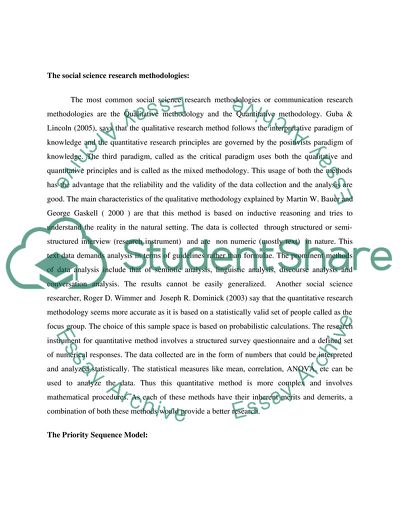Cite this document
(Effectiveness of Different Models of Social Care Contact Centers Research Paper, n.d.)
Effectiveness of Different Models of Social Care Contact Centers Research Paper. https://studentshare.org/sociology/1734691-assignment
Effectiveness of Different Models of Social Care Contact Centers Research Paper. https://studentshare.org/sociology/1734691-assignment
(Effectiveness of Different Models of Social Care Contact Centers Research Paper)
Effectiveness of Different Models of Social Care Contact Centers Research Paper. https://studentshare.org/sociology/1734691-assignment.
Effectiveness of Different Models of Social Care Contact Centers Research Paper. https://studentshare.org/sociology/1734691-assignment.
“Effectiveness of Different Models of Social Care Contact Centers Research Paper”. https://studentshare.org/sociology/1734691-assignment.


